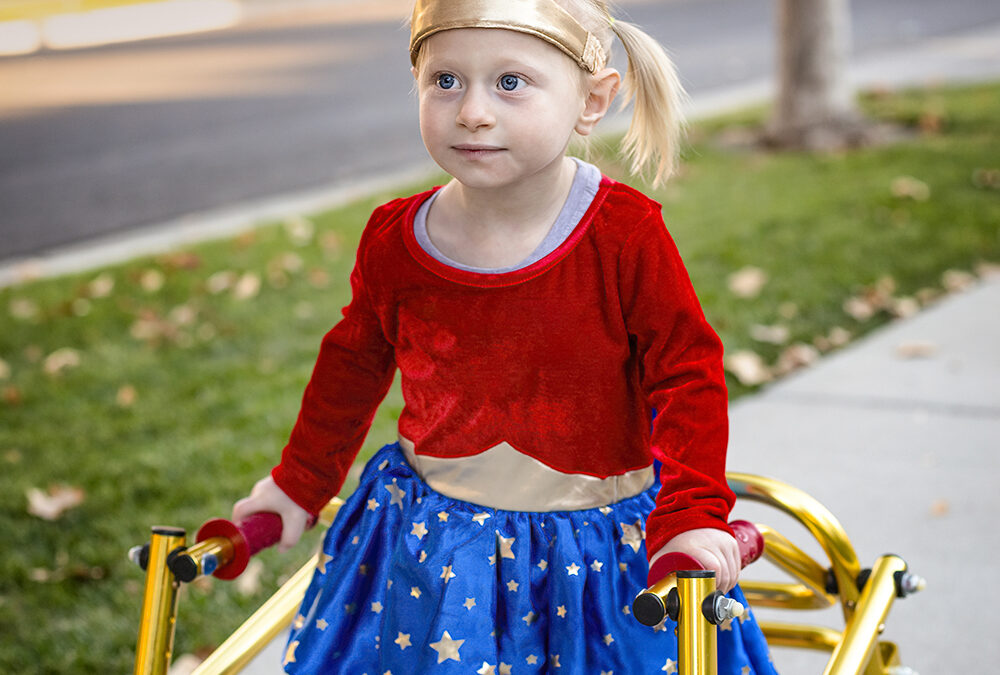Kids love to have fun!
Fun comes in a lot of different varieties. Halloween is one of the memorable holidays that children enjoy. However, for those with special needs, like physical disabilities or sensory difficulties, this holiday may feel challenging and overwhelming. It’s quite hard for kids with special needs to enjoy Halloween. Nonsocial events, like searching for Halloween costumes, can be disheartening for a child with a physical handicap. Children with these challenges may also miss out on Halloween activities due to a lack of special accommodation or a fear of being singled out. The following tips can help you prepare your special child for the next Halloween activities.
First, teach the children Halloween Safety and Manners. Trick or Treat time is a wonderful opportunity to teach Halloween etiquette. Teach kids to be polite as they ring the doorbell and say, “Trick or Treat”. Teach them to take only one piece of candy unless told otherwise, and to say “thank you” before leaving. For children that have trouble saying “Trick or Treat “or are non-verbal, one suggestion is for them to hand out a card that says it for them. Also, help them become a bit familiar with the Trick-or-Treat terrain before Halloween night. This will make them feel more comfortable when they are potentially around crowds of other children.
Also, you can pick a costume that makes your child easily visible in the dark to improve Halloween safety. Most Halloween costumes are dark-colored and make it hard to spot kids while trick or treating. Hence, materials like glow sticks and reflective tapes can make it easy to spot kids with special needs, if attached to their costumes. Another tip is to thoroughly check to confirm if your child can see well with his/her mask on. Masks can make it difficult for them to see properly. You may need to modify the costume so that the child’s vision isn’t obstructed and they’re safe from injury. Also, children with special needs must be very comfortable in their costumes. Whether it’s the feel of the fabric or the length of the dress, sometimes children with special needs are extra sensitive when it comes to sensory stimulation. Shorten long costumes if necessary and provide comfortable shoes. With all the walking they may do, it’s essential to make sure they don’t trip or slip due to ill-fitting costumes or shoes. Make sure to consider the weather before selecting your child’s costume.
Furthermore, Halloween costumes are expected to be spooky, hence you should prepare kids, so they won’t be afraid. These spooky sounds and decorations may upset your child, so it’s necessary to talk about them in advance. You can talk to a couple of your neighbors and see if they will allow your child to do a test run of trick-or-treating around their decorations. Let your children know what they can expect and tell them it’s all part of Halloween fun. Visit stores that have costumes on display, browse catalogs filled with Halloween characters, and play dress-up at home to help make children comfortable with the notion of seeing people in costume.
Finally, Halloween can be fun for kids with special needs too. When properly prepared, and when the expectations and experience is tailored properly, Halloween can be a tradition your special needs child looks forward to year-after-year.

